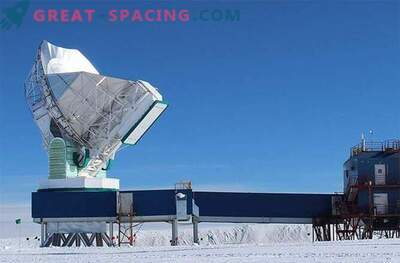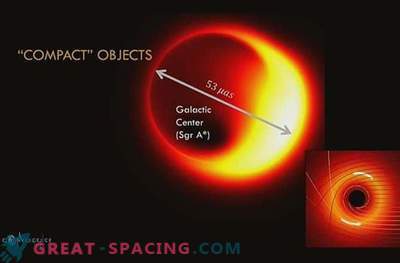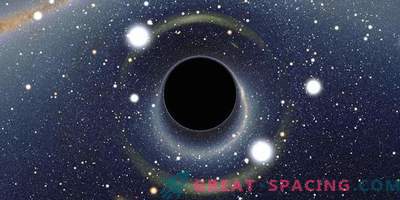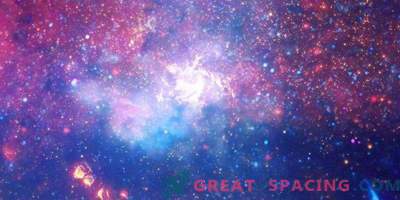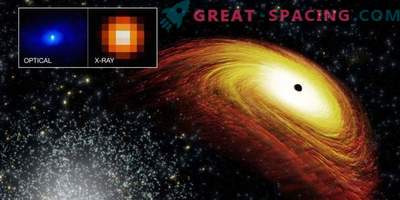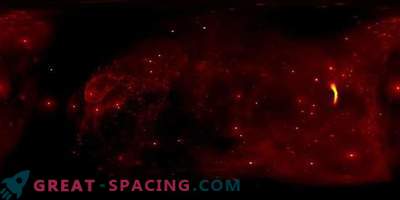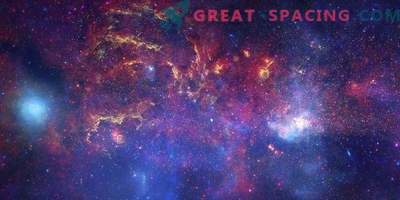
The 12-meter APEX radio telescope in Chile was equipped with special equipment in order to conduct joint interferometric observations with other telescopes at wavelengths up to 1.3 mm in order to obtain a final picture of the shadow of a black hole. APEX was added to the EHT telescope to reveal the details of the structure of Sagittarius A * in the galactic center. The increased angular resolution from APEX now shows the nuances in the asymmetric and non-point structure of the source, which is only 36 million km.
Scientists are trying to find the ultimate proof of Einstein's theory of general relativity, which consists in obtaining a direct image of the shadow of a black hole. This is possible if you combine radio telescopes around the world and very long basic interferometry (VLBI) techniques. Participating telescopes are mounted at high altitudes to minimize atmospheric disturbances.

Schematic diagram of the VLBI observations for Sagittarius A * in the galactic center, conducted in 2013. The inset shows the possible radiation source forms that are consistent with the measurements. For better visualization of angular dimensions, a white circle with a diameter of 50 micro-angular seconds is superimposed on the model. Positioning the telescope in the southern hemisphere (Chile) ensures longer interferometric source lines. Researchers monitored Sagittarius A * in 2013 using VLBI in four locations: APEX (Chile), CARMA array (California), JCMT and phase SMA (Hawaii), as well as SMT (Arizona). The longest baseline length reached almost 10,000 km, which indicates the ultra-compact and asymmetric structure of the source.
The location of APEX in the southern hemisphere significantly improves the image quality of Sagittarius A * (-29 degrees of declination). We had to work a lot at an altitude of 5,000 meters to install equipment on APEX for further cooperation with VLBI.
The team used the model selection procedure to study the structure of the scale of event horizons in a black hole. They figured out what the structure might look like, and not just draw general conclusions from the visualization. Now scientists are happy that the fit of the ring-shaped structure is in excellent agreement with the data. Although it is not excluded other models, such as the composition of bright spots.
The central black hole in the Milky Way is in a dense interstellar medium that can affect the propagation of electromagnetic waves along the line of sight. But this is not a dominant factor at a wavelength of 1.3 mm. The results will affect the development of the EHT (Event Horizon Telescope) telescope.
